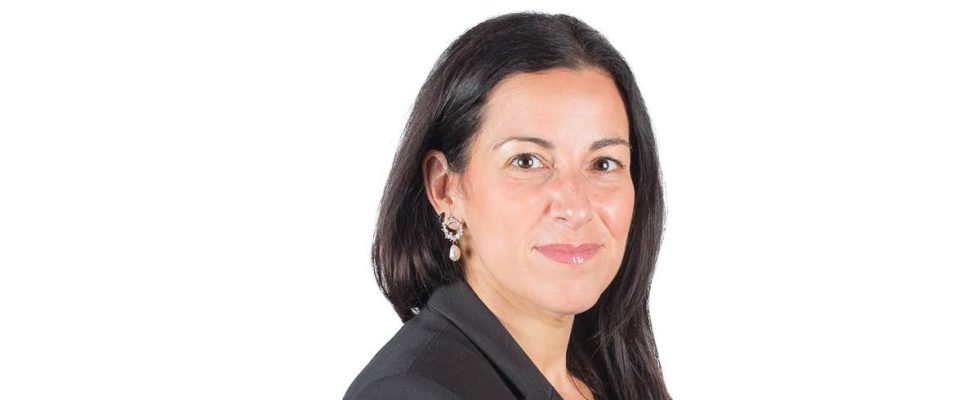It is easy to imagine that in all eras, being offered a stake in a family chalet by one’s grandparents represented a very generous gift. But with the structural transformation of the real estate market which has been taking place in recent years, the value of such a present is even more enviable! This week, our answer to a question from a grandfather who stands out for his prudence.
“My wife, my son and I are equal co-owners (1/3) of a second home in Lanaudière. Both aged over 80, [ma femme et moi] want to transfer our shares to our son and his child. We personally expect to pay taxes based on the gains on our share of the cottage, which has a market value of $400,000. By selling a third to our 57 year old son and a final third to our 23 year old grandson, would this prevent the latter from taking advantage of the RAP to purchase his first “real house” later? ? In other words, does the fact that he becomes co-owner of a third of a second home represent a poisoned chalice and prevent him from buying a house to his liking in another city later? Are there any pitfalls to avoid? » — Jacques
The first home buyer
The answer to this question, which may seem complex, is nevertheless very simple. The key lies in the definition of the term “first-time home buyer”, which makes tax-free withdrawal from the Registered Retirement Savings Plan (RRSP) possible under the Home Buyers’ Plan (HBP) . According to the Canada Revenue Agency (CRA), you are considered such “if you have not, at any time in the current calendar year before the withdrawal (except the 30 days immediately before the withdrawal) or at any time during the previous four calendar years,” lived in a place of principal residence of which you were the owner or co-owner with a spouse or common-law partner. Thus, eligibility for the program is conditional on the individual’s intention to occupy the eligible home as their principal place of residence in the year following the purchase or construction of said property. Often forgotten, if you already lived in a house where your spouse was the owner, you cannot use the RAP withdrawal to buy your share of this residence.
Thus, in the case that interests us today, even if the grandson becomes the owner of a portion of the chalet with his father, his eligibility for the RAP will in no way be compromised, except in the event that he owns the chalet in Lanaudière his main place of residence.
CELIAPP before the RAP
It is also possible for our reader’s grandson to make an eligible withdrawal from his tax-free savings account for the purchase of a first property (CELIAPP), for the same property as that designated for the withdrawal rap. In fact, in many cases, CELIAPP could be a priority. In fact, unlike the RAP, CELIAPP withdrawals do not have to be repaid there, whereas they must be repaid in the RRSP over a maximum period of 15 years (from the 2e year following withdrawal). In addition, there is no minimum investment holding period to make an eligible CELIAPP withdrawal. But we must not neglect to consider the possibilities of using the spouse’s RRSP to optimize household taxation, which is not the case in the CELIAPP, when a choice must be made between the two.
With the average cost of residential real estate continuing to rise, it will likely be necessary to combine programs in more and more situations. This does not change the fact that, first-time buyers are generally younger and have more financial commitments, the difficulty of putting together a down payment does not necessarily come from the opportunity offered or not by these plans, which do not regulate problems of access to property. Indeed, the difficulty of putting together a down payment mainly comes from insufficient savings. Sometimes due to lack of planning, sometimes due to lack of resources. For wealthier families, it is undeniable that a contribution to the CELIAPP for children and grandchildren represents just as much an essential avenue.
Considerations for avoiding pitfalls
Many parents and grandparents wish to help their loved ones during their lifetime, and this outpouring of kindness should be integrated more generally into planning for the disbursement of assets and the transfer of wealth. For example, by transferring two-thirds of the chalet, the grandparents in our case could be taxed on capital gains if the market value has increased or if they cannot designate this property as their main residence. A very practical piece of advice that should not be overlooked is to recover the invoices for major work carried out since the acquisition in order to reduce the taxable capital gain.
The legacy, made during one’s lifetime, of an asset whose tax disposition generates a tax bill also requires carefully planning the disbursement of the assets available to do so. In addition, these bequests made to certain heirs could require a review of estate planning in order to promote fairness in the succession. For example, in the case of a cottage, a promissory note can be signed, in order to create a document proving that one of the children owes money to their parents at the time of the inheritance, just as a trust can be created to transfer certain property there. The greater the value of the property, the more the use of financial and tax advisors should be considered from the outset.
